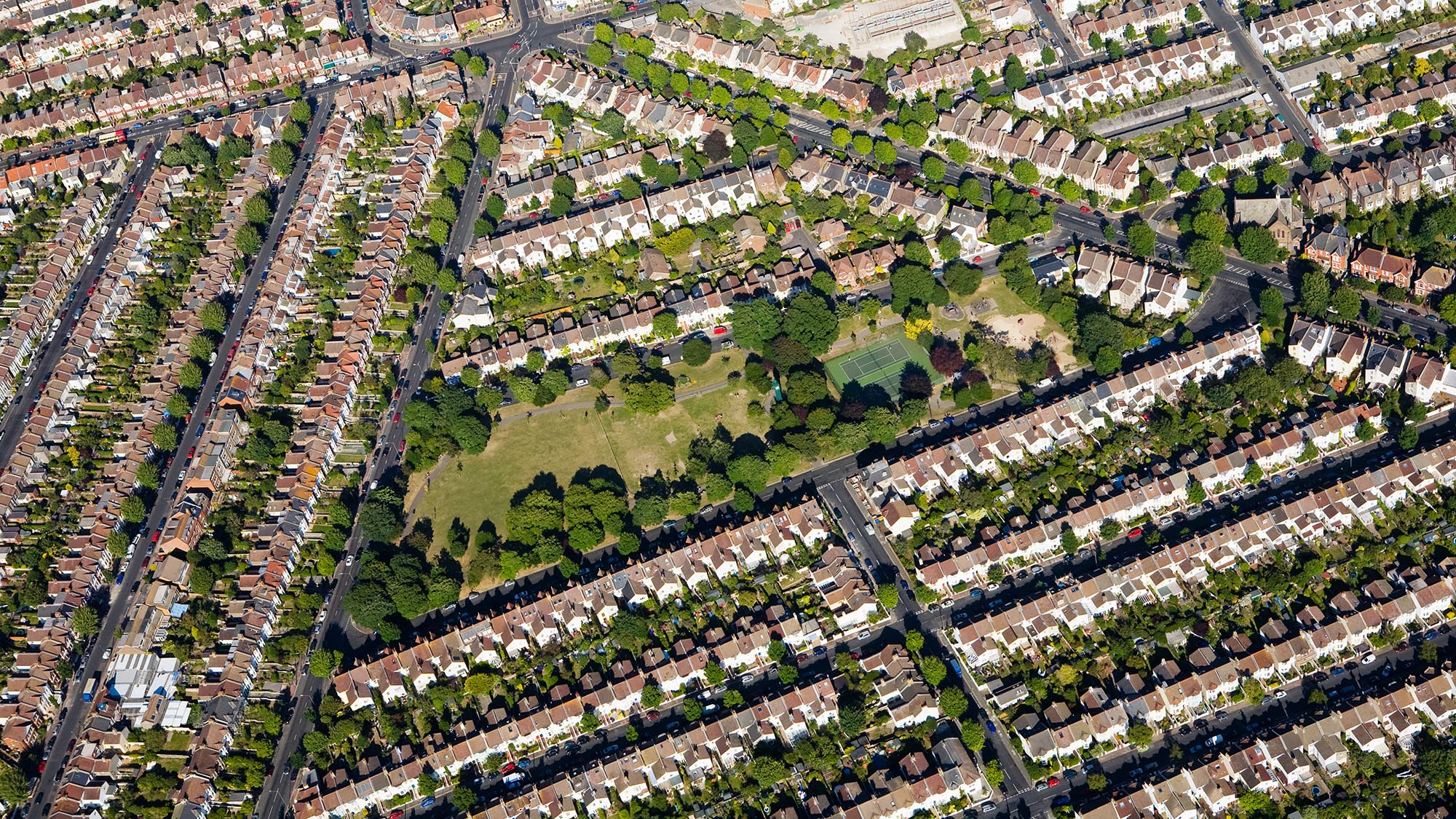New digital heatmap tool further illustrates need for new policy as recycling rates continue to plateau across the country
SUEZ commissioned planning and development consultancy, Lichfields, to produce the map, which colour-codes local authorities across the UK by their recycling rate.
The map has been designed to provide users with an easy-to-use, interactive reference tool which will help bring the data to life outside of spreadsheets, hopefully encouraging more engagement and reflection from residents and local authority leaders alike.
The tool has also been launched with the aim of being a baseline from which to start to measure success, as new policies are implemented following the publication of the Government’s Waste and Resources Plan and the plethora of actions and ongoing consultations.
The online digital tool, also produced between 2014-2017, allows users to click on individual local authorities to view the percentage of household waste sent for reuse, recycling or composting in the 2019/20 financial year, along with the percent change from the previous period. This recycling performance data is based on information submitted to Waste Data Flow and reported by the Department for Food, the Environment and Rural Affairs (Defra) each year.
The colour coding of the map aims to group local authorities relative to the national average recycling rate and the UK’s ‘Circular Economy Package’ 2035 target of 65%. Basing the average national recycling rate in the middle of the scale and the target at the top, local authorities falling below 30% have been coloured red, those between 30-40% coloured amber, 40-50% yellow, 50-60% green and those achieving 60%+ have been coloured dark green.
This visual representation of the data helps show patterns of recycling performance across different regions. Urban areas of England and Scotland, which account for so much of the UK’s population, continue to trend lower, with 14 London local authorities reporting recycling rates of below 30%, along with Birmingham, Liverpool and Glasgow. Wales continues to lead the way, with 20 local authorities exceeding 60% recycling and Cardiff lagging just behind at 58%.
Based on the most recent officially reported annual statistics, local authorities in England achieved an average recycling performance of around 45.5% while Scotland achieved 44.9% and Wales continues to pull ahead with 65.1%. This represents an increase of 0.4%, 0.2% and 2.3% respectively. If performance continues to improve at this rate, both England and Scotland will fall years short of their respective government’s targets. Decisive policy implementation is needed to kick start recycling gains and once again break out of the plateau.
John Scanlon, Chief Executive Officer of SUEZ recycling and recovery UK said: “With the government consultations on extended producer responsibility and consistent collections taking place this spring, we have a significant opportunity to work across the value chain and make holistic changes that will maximise the efficiency of existing kerbside collection systems and drive growth in recycling rates across the country. We are releasing this digital tool today to set a clear baseline and to establish a metric to measure our success against as we start to implement these changes over the coming years. The lacklustre recycling growth reflected on the map just reiterates the importance of the current government consultations and how vital it is that we get these policies right so that we can continue moving forward together.”
Stuart Hayward-Higham, Technical Development Director for SUEZ recycling and recovery UK said: “In order to get our recycling rates where they need to be by 2035, we need a clear understanding of where they are now. This digital tool helps us improve our understanding by visualising patterns and areas that are underperforming so that we can pinpoint obstacles, like demographic differences or geographic challenges, and make informed changes to address them. By highlighting the local authorities that are leading the country in recycling, the map also creates a valuable opportunity to learn from their success.”
James Fennell, Chief Executive of Lichfields said: “Lichfields is delighted to assist SUEZ in creating this digital tool, setting out waste recycling rates across the Country. In creating this interactive tool, the first aim is to raise awareness of current recycling rates in order to help all stakeholders to work together to increase them at a faster pace in the future. We look forward to updating the digital tool in the future to help track progress.”
